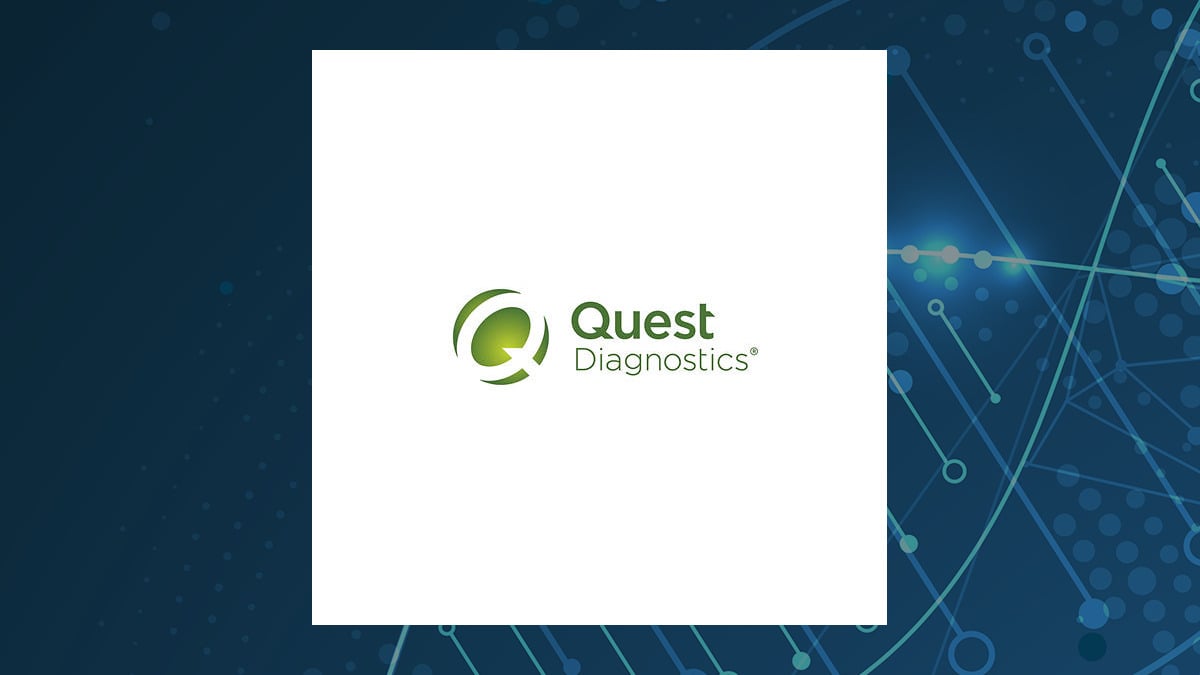 Quest Diagnostics has experienced positive revenue growth over the past three years, driven by acquisitions and the base business. Cost structures have remained steady, with a slight decrease in operating expenses. Management has focused on cost-cutting measures and new revenue strategies, leading to increased profitability. Key risks include government investigations and legal challenges. The company’s forward guidance emphasizes climate-related disclosures and strategic investments for long-term growth. With a strong net income margin of 13.1%, Quest Diagnostics is positioned favorably against industry peers under James E. Davis’s leadership.
Quest Diagnostics has experienced positive revenue growth over the past three years, driven by acquisitions and the base business. Cost structures have remained steady, with a slight decrease in operating expenses. Management has focused on cost-cutting measures and new revenue strategies, leading to increased profitability. Key risks include government investigations and legal challenges. The company’s forward guidance emphasizes climate-related disclosures and strategic investments for long-term growth. With a strong net income margin of 13.1%, Quest Diagnostics is positioned favorably against industry peers under James E. Davis’s leadership.
Executive Summary
Financials
Revenue growth over the past three years has been positive, driven by growth in the base business and recent acquisitions. The impact of COVID-19 testing has shown a decrease in revenue, partially offset by other factors. Operating expenses have decreased slightly from 87.3% to 86.9%. The cost of services also decreased from 1,595 to 1,560. Overall, there have been minimal changes in the cost structures of the company. The company’s net income margin is 13.1%, which has improved. It compares favorably to industry peers.
Management Discussion and Analysis
Management has undertaken cost-cutting measures and implemented new revenue-generating strategies to improve profitability. These initiatives have resulted in increased profits and growth for the company. Management assesses competitive position through legal challenges. Market trends include lawsuits under False Claims Act and potential liability from qui tam claims. The major risks identified by management include adverse government investigations, lawsuits, and changing regulations. Mitigation strategies include regular evaluation of equity investments and maintaining effective disclosure controls and procedures.
Key Performance Indicators (KPIs)
Risk Assessment
The top external factors posing risks to the company are adverse government investigations, lawsuits, competitive environment, regulatory changes, and evolving relationships with customers and partners. These factors could significantly impact operations and financial performance. DGX does not specifically mention how it assesses and manages cybersecurity risks in the provided context information. DGX is subject to contingent obligations under certain real estate leases with potential legal matters that could impact its financial position. It is actively managing risks through collateralized credit facilities and ongoing risk management programs.
Corporate Governance and Sustainability
The board of directors is chaired by James E. Davis, who is also the Chief Executive Officer and President. There are no notable changes in leadership or independence mentioned in the provided information. DGX focuses on legal matters related to healthcare regulations. There is no mention of diversity and inclusion practices in governance or the commitment to board diversity. DGX discloses climate-related disclosures, including costs related to severe weather events and carbon offsets. They demonstrate commitment to responsible business practices by evaluating the impact of the new rule on annual filings.
Forward Guidance
The company’s forward-looking guidance aligns with its strategic initiatives and priorities outlined in the annual report by addressing climate-related disclosures in financial statements, evaluating the impact of the new rule, and ensuring transparency in achieving climate-related targets. DGX is factoring in climate-related disclosures required by the SEC, including severe weather events, carbon offsets, and renewable energy. It plans to evaluate the impact of these disclosures and capitalize on any opportunities presented by these trends. The company’s forward-looking guidance suggests a commitment to long-term growth through strategic investments in equity holdings in life sciences and healthcare industries, aiming to enhance competitiveness and drive additional growth opportunities.
For more information:
This article was created using artificial intelligence technology from Klickanalytics.
